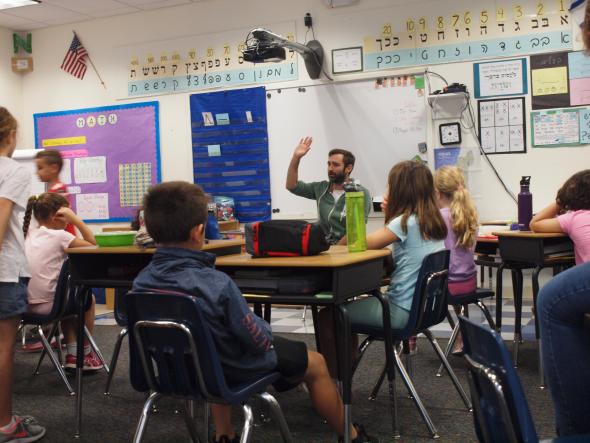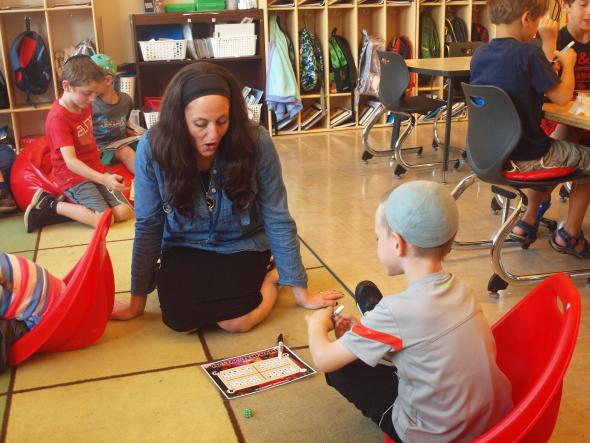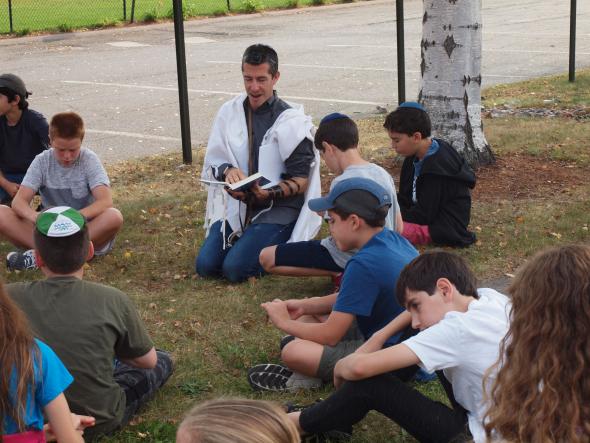When we teachers and administrators guide students every day, our unstated tone and subtle body language may contribute more to our relationships with our students than what we actually say out loud. When we look directly at students, wave hello in the halls and ask how they are doing with the intention of listening to their response, we build trust. Conversely, when we turn our backs, ask students to send us an email, put them off somehow, or offer sarcasm and irony, we put distance between our students and us. We may even get a laugh sometimes, but that doesn’t mean that we have earned their trust.
Our students don’t always earn our trust because they test us: They speak out of turn and claim not to have remembered a due date or an element of an assignment; they ask to use the restroom and take their phones with them; they pretend a need to visit the nurse.
We have to remember, though, that just as it’s in our blood and in our job description to guide students, it’s in their blood to test their adults’ patience, subject matter knowledge and moral fiber. It is our role to take the high moral road even when they test us so that they can take us seriously when we make a moral claim and so that they can take our relationships seriously.
Over the course of research that I conducted at several Prizmah schools and at other independent non-sectarian, all boys, all girls, Roman Catholic and Quaker schools in connection with the Sylvia and Moshe Ettenberg Research Grant from the Network for Research in Jewish Education, I saw trust-building and strong relationships emerging in classrooms, and, most profoundly, I observed teachers leveraging a moral relationship with their students in a variety of contexts, from math and social studies classes to physical education and a prayer group sitting under a tree.








